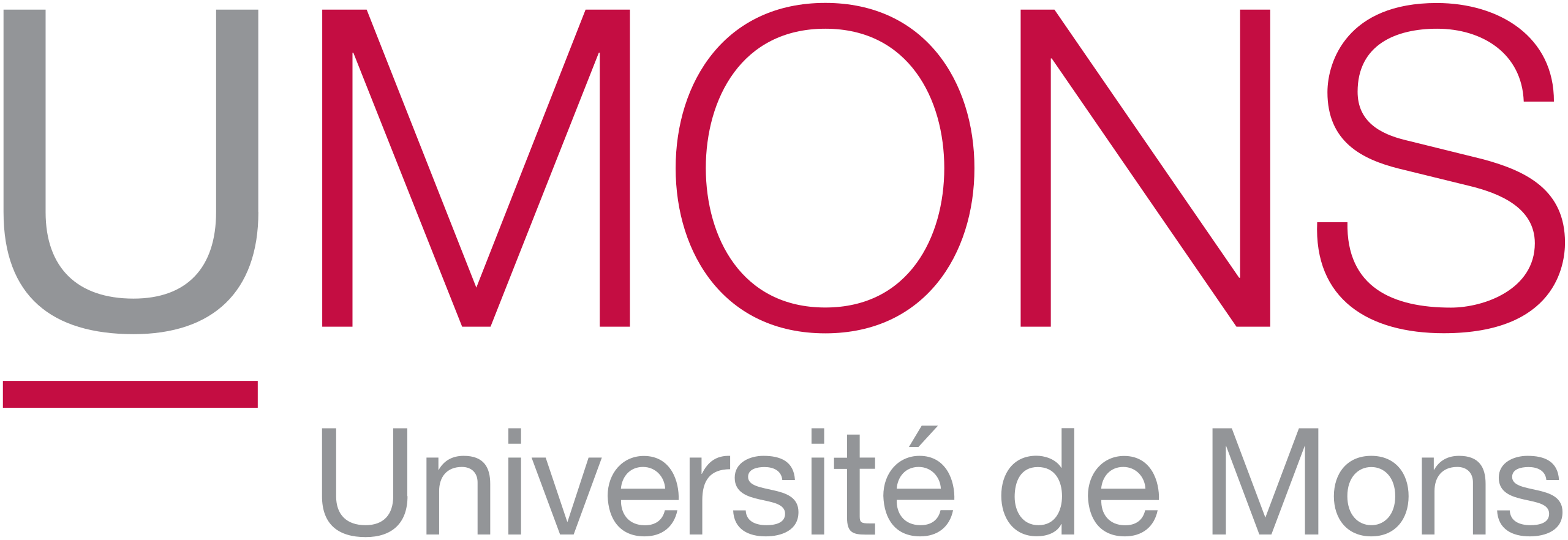Dr. Nevena Puač is a principal research fellow at the Institute of Physics Belgrade working in the low temperature plasma physics field - low and atmospheric pressure plasmas, expert in numerous diagnostics methods and application of plasmas in biology, medicine and agriculture. She obtained her PhD at the University of Belgrade with a part of the thesis completed at the Instituto Superior Tecnico, Lisbon, Portugal. She was a PI of national technological project (TD 23016, Ministry of Education, Science and Technological Development, 2008-2010), multidisciplinary project (III41011, Ministry of Education, Science and Technological Development, 2011-2019) and PI at several bilateral projects. Currently she is the Action Chair and coordinator of the multidisciplinary COST Action, PlAgri-CA19110, “Plasma Agriculture for smart and sustainable agriculture” and was a leader of Marie Sklodowska Curie ITN project (Nowelties 812880) at the Institute of Physics. She has published more than 70 articles in international journals and publications. Her h-index is 24 with more than 1300 citations. Most of the highly cited papers that she has published are in the field of applications of plasma in biology and medicine. Until now she has supervised several PhD and Master and Diploma theses. She was co-chair and organizer of several conferences and workshops.
François Reniers is professor of Chemistry at the Université libre de Bruxelles - ULB (Belgium) since 1999. He obtained his M.Sc. in Chemistry in 1987, and his PhD in sciences in 1991, both from the Université libre de Bruxelles (ULB). He did a post-doctoral stay at the University of California Berkeley (1996-1997) (USA). F. Reniers was also Vice-Chancellor for teaching at ULB, Vice-Chancellor for research and development, and Dean of the Faculty of Sciences. He was also, from 2011 to 2021, Vice-President of the Greenwin competitivity cluster (Walloon region), dedicated to the green technologies. He started the atmospheric plasma activities in 1999 thanks to private IP protected funding from Solvay and Cockerill-Sambre (now ArcelorMittal). His plasma group in the ChemSIN has now an average of 15 researchers per year.
His research activity deals with the chemistry and physics of the (atmospheric) plasma-surface interactions, chemical reactivity of plasmas, plasma polymerization, coatings deposition, gas conversion using plasma, plasma electrolysis, plasma synthesis of molecules and nanoparticles, plasma medicine, surface spectroscopy using Auger and X-ray photoelectron spectroscopy, chemical and optical characterization of the plasma phase and development of new atmospheric plasma sources and reactors.
F. Reniers was the President of the International Union for Vacuum Science, Technique and Application - IUVSTA (2022-2025) ; the Chair of the Plasma Science and Technology Division of the American Vacuum Society (2020). He is Fellow of the American Vacuum Society, AVS (2018) for For seminal contributions to atmospheric plasma synthesis of organic, inorganic and hybrid coatings to attain a wide variety of functional properties and dielectric barrier discharge CO2 conversion into useful molecules. He also got a Stas Award of the Royal academy of Art, Letters and Sciences of Belgium (1991), a Fulbright Award (1996), a Certificate of Merit, American Chemical Society (2005) and the first Socrate award of the Université Libre de Bruxelles, 2005 (best professor). He published >160 peer-reviewed papers, 5 book chapters, 14 patents on atmospheric plasma. F. Reniers was the Chair of the ECASIA conference, Brussels (2007) and the program chair of the IVC (International Vacuum Congress), Paris (2013).
Key publications:- Merche, D., Vandencasteele, N., & Reniers, F. (2012). “Atmospheric plasmas for thin film
deposition: A critical review”. Thin solid films. doi:10.1016/j.tsf.2012.01.026
- Thiry, D., Reniers, F., & Snyders, R. (2019). “A Joint Mechanistic Description of Plasma Polymers Synthesized at Low and Atmospheric Pressure”. In Surface Modification of Polymers: Methods and Applications (pp. 67-106). Wiley.
- Demaude, A., Baert, K., Petitjean, D., Goormaghtigh, E., Hauffman, T., Gordon, M.J., Reniers, F., (2022).” Simple and Scalable Chemical Surface Patterning via Direct Deposition from Immobilized Plasma Filaments in a Dielectric Barrier Discharge”. Advanced Science. doi:10.1002/advs.202200237
Vincent Roucoules (Institut de Science des Matériaux de Mulhouse, France)
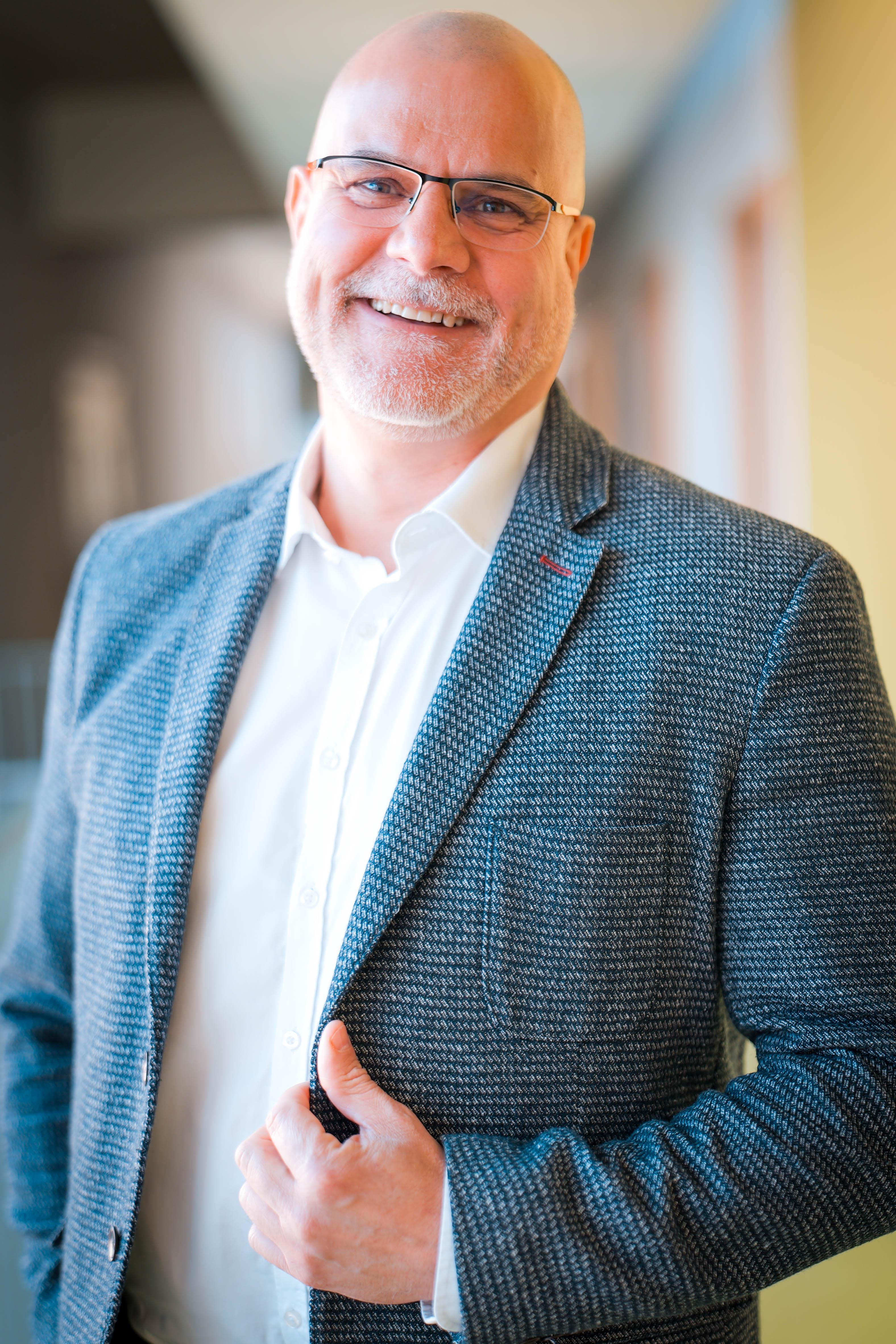
Vincent Roucoules is Professor of Material Chemistry at the University of Haute-Alsace (France). He obtained his PhD in Physical Chemistry from the University of Lyon in 2000, followed by a postdoctoral fellowship at the University of Durham (UK) in the group of Professor Jas Pal Badyal. He joined the University of Haute-Alsace as a lecturer in 2002, was promoted to Professor in 2014, and has served as Director of the Mulhouse Institute of Materials Science (IS2M–UMR7361) since 2018. His research focuses on low-pressure plasma processes for the synthesis of functional plasma polymers, with particular emphasis on plasma polymer morphogenesis and the fundamental mechanisms governing plasma–surface interactions. He develops advanced methodologies to tailor plasma polymers across multiple length scales, enabling the design of complex surfaces and interfaces with finely tuned properties. His work targets the precise control of adhesion, anti-adhesion, and biocompatibility for examples, as well as the creation of responsive materials capable of adapting dynamically to external stimuli such as pH, temperature, and mechanical stress. He has led and participated in numerous European, national, and industrial research projects, consistently aiming to strengthen the bridge between fundamental science and technological innovation.
Key publications:- J. Bacharouche, F. Badique, A. Fahs, M.V. Spanedda, A. Geissler, J.P. Malval, M.F. Vallat, K. Anselme, G. Francius, B. Frisch, J. Hemmerlé, P. Schaaf, V. Roucoules
Biomimetic cryptic site surfaces for reversible mechanoresponsive substrates
ACS Nano 2013, 7, 3457-3465.
- M.Veuillet, L.Ploux, A. Airoudj, Y. Gourbeyre, E. Gaudichet-Maurin, V. Roucoules
Macroscopic control of DMAHEMA and HEMA plasma polymerization to tune the surface mechanical properties of hydrogel-like coatings
Plasma Processes and Polymers 2017, 14, e1600215
- S J.C. De Oliveira, M.Brioude, F. Bally-Le Gall, V. Roucoules
Plasma polymerization in the design of new materials: looking through the lens of maleic anhydride plasma polymers
Materials Today Chemistry, 2022, 23, 100646
Rony Snyders (University of Mons, Belgium)
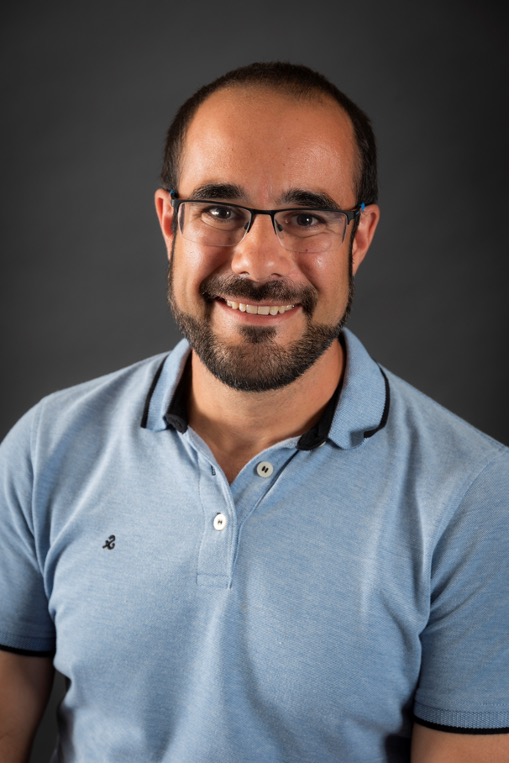
Rony Snyders received his PhD in Science from UMONS, Belgium in 2004. and carried out two post-doctoral stays at Ecole Polytechnique de Montreal, Canada (2004-2006) and RWTH Aachen University, Germany (2006-2007). He is now full professor at Faculty of Sciences of UMONS where he is head of the Plasma-Surface Interaction Chemistry (ChIPS) group since 2007. He is one of the Scientific Director of Materia Nova R&D, Mons, Belgium and since 2017, guest Professor at the Technical University of Tianjin, Tianjin, China. He is past-president of the Belgian Vacuum Society (2018-2021) and members of several boards: IONICS, IVT, INISMA, Materia Nova and EUNICE University. His interests are on the utilization of low pressure plasmas for the processing of materials and for the conversion of gases with a special attention to the characterization of the plasma phase during these processes. He has been promoting 24 PhD thesis and co-authored more than 250 peer-reviewed papers (H-index: 48; overall citations: 8150). At UMONS, he has been member of the Rectoral College as advisor for interregional matters (2019-2022) and is now member of the Rectoral board as coordinator of the European University EUNICE at UMONS.
Key publications:- Foundations of plasma enhanced chemical vapor deposition of functional coatings
R Snyders, D Hegemann, D Thiry, O Zabeida, J Klemberg-Sapieha, ...
Plasma Sources Science and Technology 32 (7), 074001, 2023
- CO2 conversion using catalyst-free and catalyst-assisted plasma-processes: Recent progress and understanding
G Chen, R Snyders, N Britun,
Journal of CO2 Utilization 49, 101557, 2021
- Recent advances in the development of nano-sculpted films by magnetron sputtering for energy-related applications
A Panepinto, R Snyders
Nanomaterials 10 (10), 2039, 2020
Damien Thiry (University of Mons, Belgium)
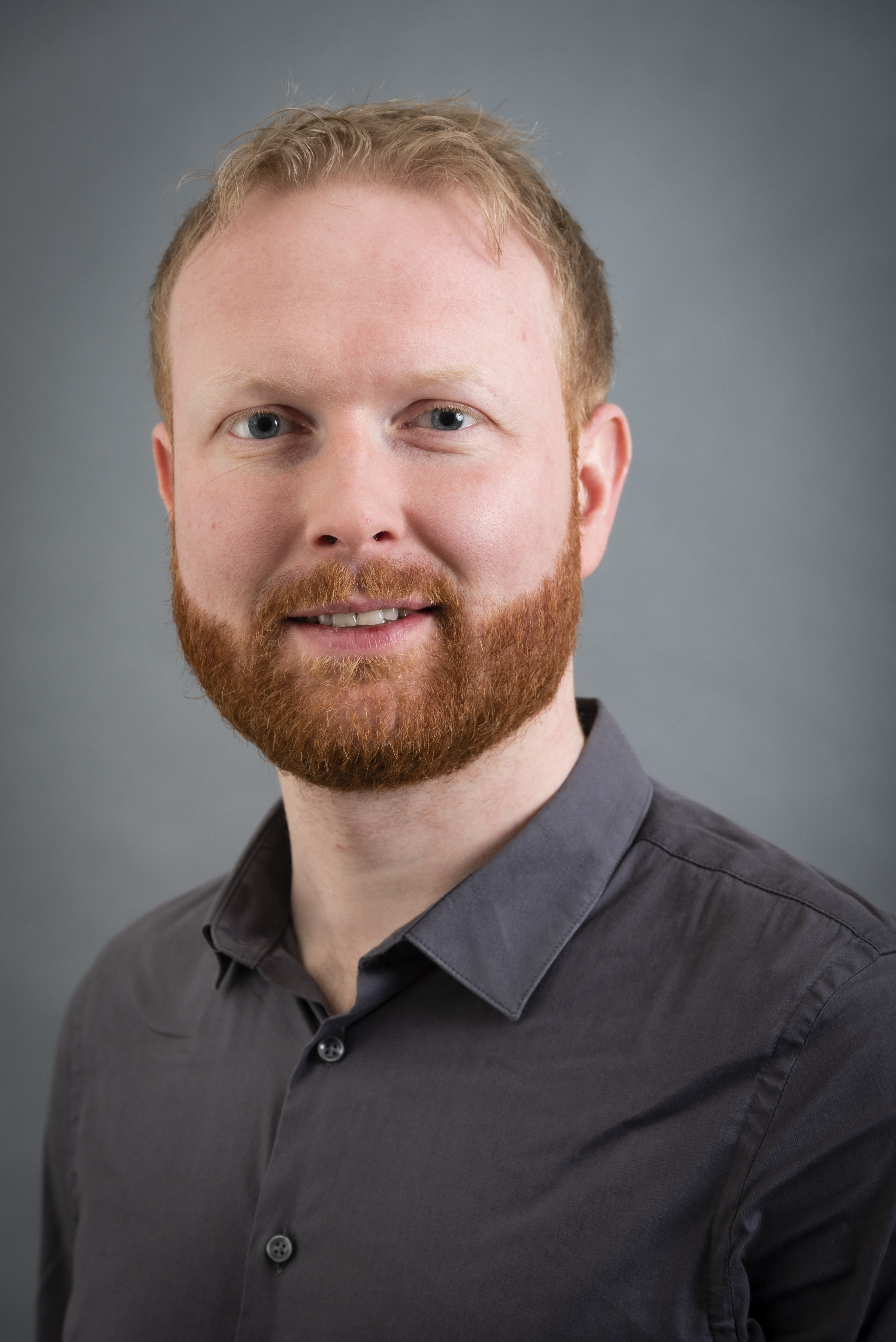
Damien Thiry has received his PhD in Science in 2013 at the University of Mons (Belgium). After, he joined the Institute of Materials in Nantes (France) where he worked in the Plasma Thin Film Group as a postdoctoral researcher during two years. In 2016, he came back at the University of Mons as a Researcher/Lecturer and became the leader of the PECVD (Plasma Enhanced Chemical Vapor Deposition) research axis in the ChIPS (Chimie des Interactions Plasma Surface) group. In 2018, he was awarded of the PSE (Plasma Surface Engineering) Early Career Award honoring the work made by a young researcher in the field of plasma science. In 2021, he was appointed Associate Professor at the University of Mons. His main research activity is focused in the field of plasma polymerization with the aim to enlarge the understanding of the growth mechanism of functionalized plasma polymer films. He combines plasma-based diagnostics approach and film analysis in his research. He is co-editor (with Prof. J. Pinson) of the book entitled “The surface Modification of Polymers: Methods and Applications from Wiley Edition. He is also a member of the editorial board of the journals Springer Nature Applied Sciences and Frontiers in Analytical Science. Since 2023, he is also IUVSTA (The International Union for Vacuum Science, Technique and Applications) delegate for the division Applied Surface Science Division.
Key publications:- N. Vinx , P. Damman, P. Leclère, B. Bresson, C. Fretigny, C. Poleunis, A. Delcorte, D. Cossement, R. Snyders, D. Thiry: Investigating the relationship between the mechanical properties of plasma polymer-like thin films and their glass transition temperature, Soft Matter, 2021,17, 44, 10032.
- D. Thiry, N. Vinx, P. Damman, F. J. Aparicio, P.Y. Tessier, D. Moerman, P. Leclère, T. Godfroid, S. Desprez, R. Snyders: The wrinkling concept applied to plasma-deposited polymer-like thin films: A promising method for the fabrication of flexible electrodes”, Plasma Processes and Polymers, 2020, 17, e2000039.
- D. Thiry, S. Konstantinidis, J. Cornil, R. Snyders: Plasma diagnostic of the low pressure plasma polymerization process: a review, Thin Solid Films, 2016, 606, 19-44.
Achim von Keudell (Ruhr-University Bochum, Germany)
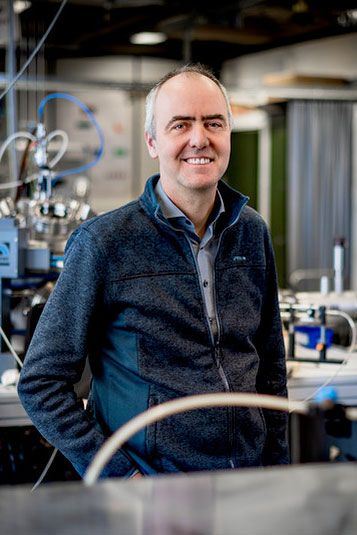
Achim von Keudell is professor for experimental physics at Ruhr-University Bochum since 2003. Before, he was staff scientist at the Max Planck Institute for Plasma Physics in Munich.
A. von Keudell specialised in plasma and surfaces physics. His experience encompasses in-situ ellipsometry, infrared spectroscopy and treatment of surfaces with plasma discharges. His group has been the first to quantify elementary surface processes in plasma surface interactions involving hydrocarbon radicals and hydrogen atoms. These serve as model experiments for the understanding of thin film growth in glow discharges.
The projects until 2010 focussed on plasma technology particularly with regard to clusters in plasmas and plasma sterilisation. Since a few years, the research on reactive microplasmas developed with the emphasis on the fundamental understanding of the reaction chemistry as well as on on reactive magnetron sputtering and HPPMS discharges.
Key publications:- Direct insertion of SiH3 radicals into strained Si-Si surface bonds during plasma deposition of hydrogenated amorphous silicon films. A von Keudell, J R Abelson, Phys. Rev. B. 59, 5791 (1999)
- Elementary processes in plasma-surface interaction:H-atom and ion-induced chemisorption of methyl on hydrocarbon film surfaces (review). A von Keudell, W Jacob, Progress in Surface Science 26, 21-54 (2004)
